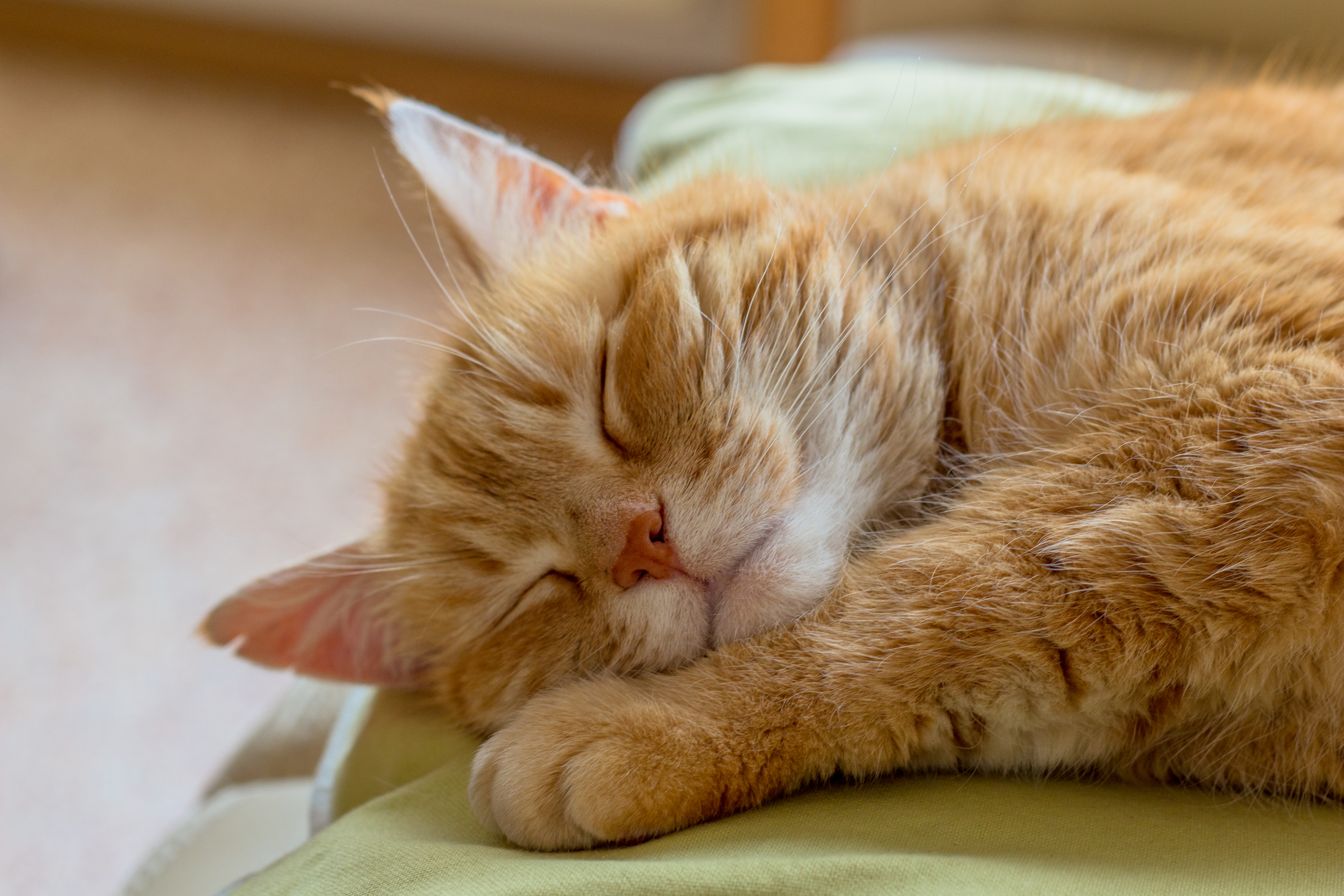

They have specific requirements that we, as owners, need to meet for them to have the best life possible.
Cat’s don’t want to fight and in a stressful or potentially threatening situation they prefer to withdraw to a location that is private and secure. This allows them to exert some control back over their environment and feel protected.
The best “safe places” are secluded and that make them feel enclosed. Raised locations are ideal. These can be made from cardboard boxes, the cat’s carrier and perches or shelves.
If you have more than one cat in the house, you will need multiple safe places, all of which should have multiple entries and exits so no one cat can ‘guard’ the spot. Don’t forget that kittens and elderly cats have specific mobility issues which need to be considered for their access.
Outside is a cat’s natural environment and safe outdoor access is ideal where possible,. Leash-walking is a possibility if positively trained to a leash and halter.
Cats are solitary survivors and need free access to key resources - food, water, toileting areas, scratching areas, play areas, resting and sleeping areas. These should be placed in different locations throughout the house, well apart from each other.
For example, food shouldn’t be near litter trays and water should be away from food. A choice of at least two resources is ideal where possible. In multi-cat households this will mean multiple feeding, sleeping and playing areas. Multiple outdoor locations for key resources should be available whenever possible (excluding food if the outdoor area is not sheltered and other animals have access).
Providing sufficient resources reduces the risk of stress and stress-associated diseases and satisfies the cat’s natural need for exploration and exercise.
Cats have a very strong instinct to display hunting behaviour which is independent from feeding. In order to prevent obesity, reduce boredom and frustration we need to make sure our cats have plenty of outlets to show us their hunting skills.
Use food to mimic predatory behaviour, hiding or scattering food for cats to chase. Use puzzle feeders or store bought-timed feeders to help encourage small and frequent meals.
Use play to provide exercise and mimic predatory behaviour; fur and feathers on a long wand mimic swooping prey, let them catch the toy after about five attempts and reward them for their hunting prowess. Use large soft toys that can be raked and bitten.
Kittens have a greater need for inter-cat play compared to older cats and for greater intensity and duration of play. Do not use your forearm or any part of your body for these games. Kittens will grow up thinking biting your arm or leg is OK which can be problematic when they are adult size.
Don’t use toys that have strings or small parts that can be bitten off and swallowed. These can get stuck inside your cat and will need surgery to remove.
Cats prefer high frequency, low intensity social contact with us, giving them a sense of control. Cats like to initiate, moderate and end their interaction with humans.
How to approach a cat
Lower to the cat’s eye level and avoid fixed eye contact.Allow them time to approach you. Gentle stroking around the head and cheeks is most appropriate while talking gently.
Individual cat preferences determine how much interaction is too much so watch for this and don’t scoop up the cat up into your arms at the first sign of love.
Signs that your cat is relaxed and wants to interact
Slow blinking
Purring or chirruping
Facial rubbing or head bunting on the hand or other parts of the body
Relaxed roll onto the side to expose the belly – this is not an invitation to rub this as very vulnerable stroke around the head and ears instead
In a multi-cat household, share your attention equally. Kittens need appropriate socialisation with multiple humans between 2-7 weeks of age to develop trust.
Cats use scent and smell information to explore and assess their environment. These chemical signals are known as pheromones and can only be detected by a special organ in the cat’s nose.
Cats produce pheromones from various scent glands around the lips, cheeks, feet and tail. When you see a cat rubbing its face on the wall, chair or door they are establishing boundaries of their core living area in which they feel secure and safe.
Avoid using cleaners, scented litter, plug-in deodorisers or anything that may disrupt your cat’s sensory perception or scent profile. Expose new items to the cat’s scent profile by rubbing them with a soft cloth that has been exposed to the scent glands during positive interaction.
Providing scratching posts which are 1.5 times the cat’s length at a full stretch to deposit its scent through glands on its feet.
Use synthetic pheromones like Feliway ® to reduce anxiety, increase grooming, increase interest in food and appropriate use of the litter tray.
Visit the Indoor Cat Initiative for helpful tips on making your indoor cat's life as enriched as possible at https://indoorpet.osu.edu/cats/
If you would like to discuss anything discussed here or have a question about your cat’s behaviour please call us on 0203 740 1112 or book an appointment here.